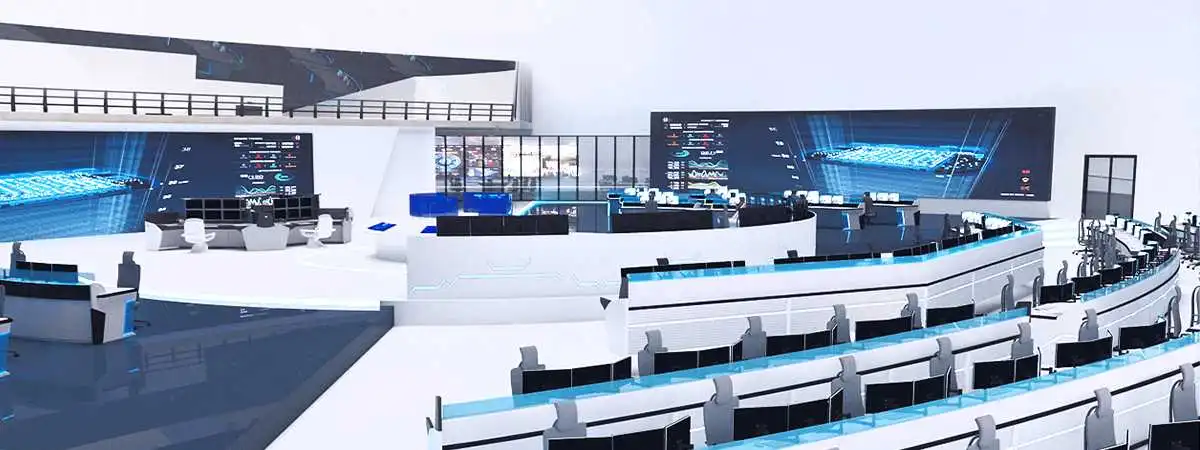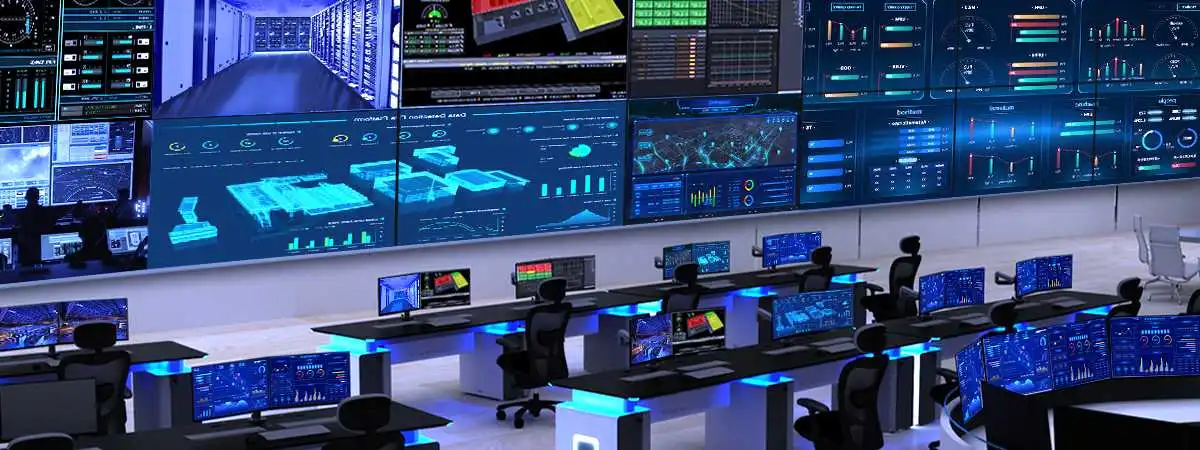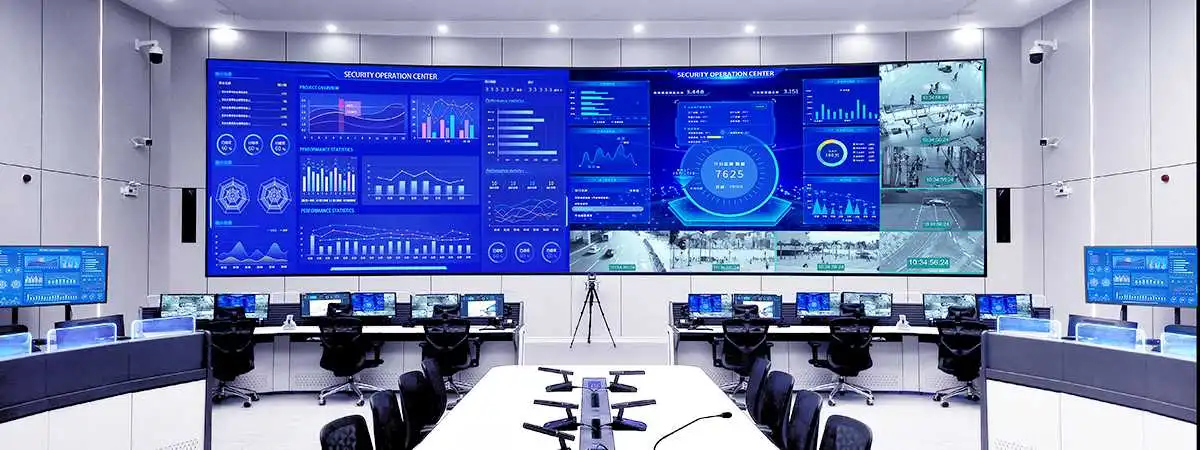Enhancing Industrial Control Systems With KVM Transmitters
As technology continues to advance, industrial control systems have become more complex and demanding. Efforts to simplify operations and improve efficiency have led to the emergence of innovative solutions such as KVM transmitters. In this blog, we will explore the role of KVM transmitters and their significance in enhancing industrial control systems.
The Evolution of Industrial Control Systems
Industrial control systems have evolved significantly over the years. From manual processes to automated systems, industries now rely on sophisticated control mechanisms to streamline operations. However, managing these systems efficiently poses challenges, especially when it comes to accessing and controlling crucial endpoints remotely.
Introducing KVM Transmitters
KVM (keyboard, video, mouse) transmitters have emerged as a reliable solution to address the challenges faced by industrial control systems. These devices allow users to access and control multiple endpoints from a centralized location, reducing the need for physical presence on the factory floor or remote locations. A kvm transmitter enables the delivery of real-time information and offer seamless control over critical processes, enhancing the productivity and effectiveness of industrial control systems.
Benefits of KVM Transmitters in Industrial Control Systems
a) Streamlined Control and Management: KVM transmitters empower operators to seamlessly interact with equipment, systems, and processes remotely. This remote accessibility enhances the control and management of industrial control systems, optimizing operational efficiency and reducing the risk of errors.
b) Increased Flexibility and Scalability: With KVM transmitters, industrial control systems can expand without physical limitations. New endpoints can be easily integrated into the existing system, allowing for organizational growth and adaptability.
c) Enhanced Security Measures: Industrial control systems often involve critical and sensitive operations. KVM transmitters provide secure access to endpoints, implementing encryption and authentication protocols to protect system integrity from unauthorized access and cyber threats.
d) Cost Savings: By enabling centralized management and remote control, KVM transmitters help reduce the need for on-site personnel and physical infrastructure. This leads to cost savings in terms of staffing, maintenance, and equipment.
Real-world Applications
As a type of KVM Technology, the application possibilities of KVM transmitters in industrial control systems are vast. Some key examples include:
In manufacturing plants, operators can remotely access and control robotic arms, assembly lines, and quality control systems using KVM transmitters.
In power generation facilities, KVM transmitters enable remote monitoring and control of critical equipment, ensuring uninterrupted power supply.
In oil and gas refineries, KVM transmitters facilitate real-time monitoring and control of complex processes, improving safety and operational efficiency.
As industrial control systems grow more complex, KVM transmitters emerge as a game-changing technology, enhancing control, streamlining operations, and improving overall efficiency. With their ability to provide secure and centralized access to critical endpoints, KVM transmitters empower industries to stay ahead in an ever-evolving technological landscape. Embracing this innovative solution can unlock new levels of productivity and ultimately drive the success of industrial control systems.








 EN
EN
 th
th  ru
ru  es
es 



